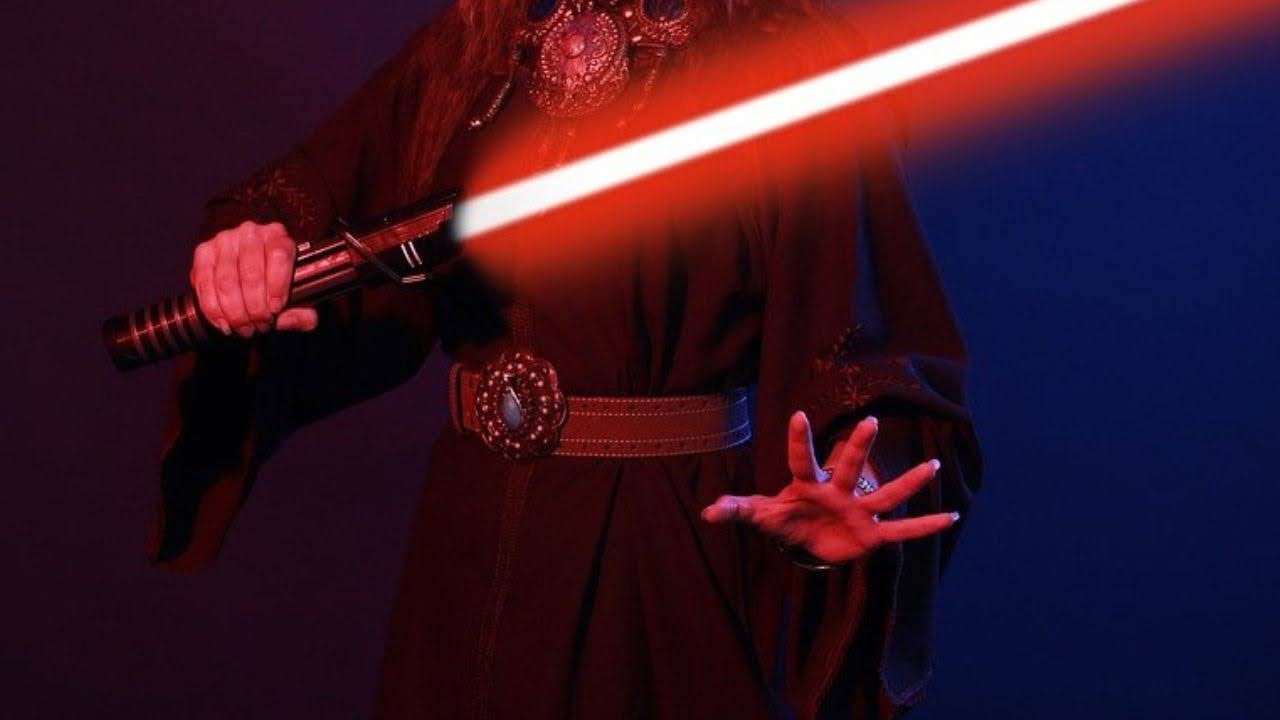What is Special About Baylan Skoll and His Padawan Shin Hati’s Orange Lightsaber

The Disney+ series “Ahsoka” introduced viewers to a pair of enigmatic lightsaber wielders – Baylan Skoll and his Padawan, Shin Hati.
What truly sets them apart, however, isn’t their ruthless fighting style or mysterious past, but the unique orange glow emanating from their lightsabers.
In a galaxy dominated by the vibrant blue and menacing red blades, the orange lightsabers spark curiosity and raise questions about the characters wielding them.
This blog delves into the potential explanations behind this unusual lightsaber color and what it might reveal about Baylan Skoll and Shin Hati.
Beyond the Traditional Spectrum: A Departure from Jedi and Sith
The color of a lightsaber blade traditionally signifies a Force user’s alignment. Blue and green blades represent Jedi, guardians of peace and justice. Red screams Sith, fueled by the dark side of the Force. However, Baylan Skoll and Shin Hati defy this color code with their orange blades. This departure suggests they don’t neatly fit into the categories of Jedi or Sith.
Theory 1: Bleeding Kyber Crystals – A Grey Area
One theory suggests the orange blades originate from kyber crystals that have been “bled” to a lesser extent than a Sith’s red crystal. The bleeding process involves a Force user pouring their negative emotions into a kyber crystal, corrupting it to the dark side. An incomplete bleeding process could result in a non-standard color like orange, potentially reflecting a Force user who dabbles in the dark side but hasn’t fully succumbed to it.
This theory aligns with Baylan Skoll’s portrayal as a ruthless and pragmatic individual. He might utilize some dark side techniques to achieve his goals, blurring the lines between Jedi and Sith. However, the orange hue could also suggest a flicker of hope or good within him, preventing a complete descent to darkness.
Theory 2: Synthetic Crystals – A Technological Advancement
Another theory proposes the orange blades might be powered by synthetic crystals. The Jedi traditionally relied on natural kyber crystals found on specific planets. However, with the rise of the Empire and the purging of the Jedi Order, kyber crystals might have become scarce.
Baylan Skoll, potentially resourceful and independent, could have employed his skills or connections to acquire synthetic crystals. These artificial crystals might generate an unusual color like orange, perhaps due to their unique properties or limitations.
Theory 3: A New Force Tradition – Uncharted Territory
The most intriguing theory suggests the orange blades represent an entirely new Force tradition. Perhaps Baylan Skoll belongs to a hidden order or ideology that utilizes the Force differently than Jedi or Sith. The orange color could be a symbolic representation of their unique connection to the Force, separate from the established binary system.
This theory aligns with the mystery surrounding Baylan Skoll and his motives. He might be a remnant of a forgotten Force tradition, one that utilizes unorthodox methods but strives for a different kind of balance or justice.
Beyond the Color: The Symbolism of the Lightsabers
Regardless of the specific reason behind the orange color, the lightsabers undoubtedly hold symbolic value. The orange hue stands out, signifying that Baylan Skoll and Shin Hati are a force to be reckoned with. It also suggests their unconventional approach to the Force, a departure from the traditional Jedi and Sith ideologies.
Conclusion
Star Wars orange lightsabers wielded by Baylan Skoll and Shin Hati have ignited discussions among Star Wars fans. Their unique color adds another layer of intrigue to the already complex world of the Force.
As the story of “Ahsoka” unfolds, the mystery surrounding these lightsabers may be unraveled, revealing a new chapter in the Star Wars lore and expanding our understanding of the Force and its diverse users.











